My fingers slide under the muscle, separating it from the layer below. My knife snips tendons and traces the curvature of bone.
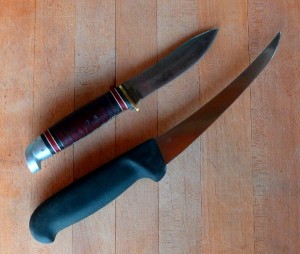 I add the slab of venison to one of the 13×9 pans on the kitchen counter.
I add the slab of venison to one of the 13×9 pans on the kitchen counter.
Hours ago, this leg was a deer. In the early morning light, the animal was moving somewhere in the cool, damp forest. Then pausing to listen and test the breeze. Then walking or trotting on again, toward the gentle slope where I sat waiting among the hemlocks.
Much of my time in the woods is quiet, contemplative. Afternoons spent scouting in late summer and early fall, looking for tracks and other sign. Hours, days, or entire seasons spent listening and watching, seeing no deer.
If I get the chance for a clean shot, the killing is over in a flash.
When I crouch beside the fallen animal and whisper thanks, I am both grateful and unsettled. There in the woods, though, there is work to be done—gutting the deer and dragging the body home.
It’s at the kitchen counter that I make my peace with the killing. There, with a leg on the cutting board, contemplation returns. Separating flesh from bone, I marvel at the power these muscles held, to launch the buck in great leaps.
There is a quiet rhythm to the task, like canning, my wife Cath suggests: a small repetitive act done by these hands, a pattern within the larger rhythmic patterns of the seasons, the patterns of all things that live and eat and die and feed one another.
Inexperienced as I am, it takes me a long while to get from skinning the animal to grinding the last pounds of burger. Someday, caught between my slowness and my schedule, I may have to pay a local butcher to do the work. But not soon, I hope.
© 2010 Tovar Cerulli
My fingers slide under the muscle, separating it from the layer below. My knife snips tendons and traces the curvature of bone.
I add the slab of venison to one of the 13×9 pans on the kitchen counter.
Hours ago, this leg was a deer. In the early morning light, the animal was moving somewhere in the cool, damp forest. Then pausing to listen and test the breeze. Then walking or trotting on again, toward the gentle slope where I sat waiting among the hemlocks.
Much of my time in the woods is quiet, contemplative. Afternoons spent scouting in late summer and early fall, looking for tracks and other sign. Hours, days, or entire seasons spent listening and watching, seeing no deer.
If I get the chance for a clean shot, the killing is over in a flash.
When I crouch beside the fallen animal and whisper my thanks, I am both grateful and unsettled. There in the woods, though, there is work to be done—gutting the deer and dragging the body from the woods.
It’s at the kitchen counter that I make my peace with the killing. There, with a leg on the cutting board, contemplation returns. Separating flesh from bone, I marvel at the power these muscles held, to launch the buck in great leaps.
There is a quiet rhythm to the task, like canning, my wife Cath suggests: a small repetitive act done by these hands, a pattern within the larger rhythmic patterns of the seasons, the patterns of all things that live and eat and die and feed one another.
Inexperienced as I am, it takes me a long while to get from skinning the animal to grinding the last pounds of burger. Someday, caught between my slowness and my schedule, I’ll have to pay a local butcher to do the work. But not soon, I hope.

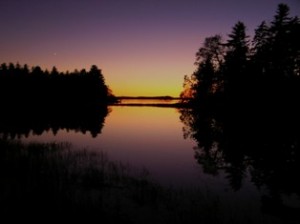
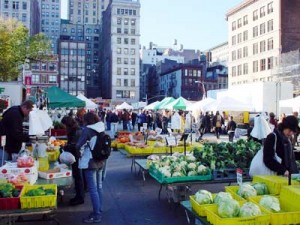
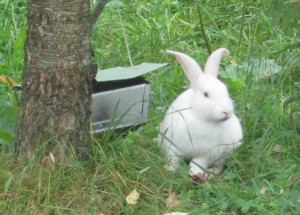 decided not to come that day.
decided not to come that day.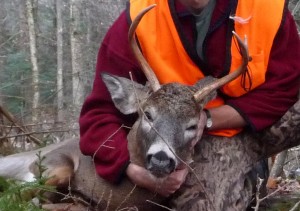 “I don’t mind,” he said and nodded toward his wife, to whom he was about to pass the serving bowl. She did mind.
“I don’t mind,” he said and nodded toward his wife, to whom he was about to pass the serving bowl. She did mind.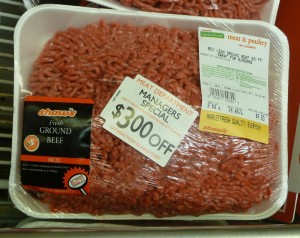 But here’s the thing. I know other people—some of them near-vegetarians—who won’t eat any meat except wild game. Or who will only eat meat—wild or domestic—if they know how the animal lived and died.
But here’s the thing. I know other people—some of them near-vegetarians—who won’t eat any meat except wild game. Or who will only eat meat—wild or domestic—if they know how the animal lived and died.